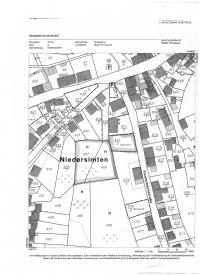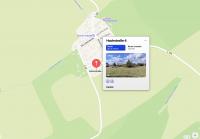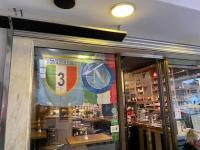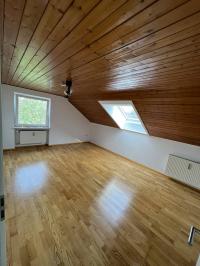Living in a monolithic dome helps you survive natural disasters Easy-to-build energy efficient round-shaped homes to resist the ravages of extreme natural events Bad weather is striking Europe at the moment. Snow is falling even on areas that are not properly equipped to face the problems conn ...
Living in a monolithic dome helps you survive natural disasters
Living in a monolithic dome helps you survive natural disasters
Easy-to-build energy efficient round-shaped homes to resist the ravages of extreme natural events
Bad weather is striking Europe at the moment. Snow is falling even on areas that are not properly equipped to face the problems connected with extreme weather conditions. Climate is changing. Extreme weather events – including violent hurricanes – are more frequent than they were in the past. Architects, builders but also home owners wonder how the resistance of homes can be enhanced to survive natural disasters such as earthquakes, hurricanes or tornadoes. Well, there’s a very peculiar type of building structure that seems to resist the strength of natural storms.

Have you ever heard about reinforced-concrete domes? They are buildings erected with minimal materials and resources in just a couple of weeks. They are constructed by pouring a concrete foundation and inflating a dome-shaped balloon, around which a steel scaffolding is erected. The final stage consists in spraying concrete around the dome framework.
A famous example of sturdy dome construction is represented by New Life Family Church. The 20-year old 150-foot diameter monolithic dome church remained structurally sound after hurricane Katrina – one of the deadliest natural disasters in the history of the United States – struck Biloxi in August 2005.
What are the advantages of this type of buildings? First of all, they are highly insulated thanks to their round shape and their layered uniform surfaces. The use of a uniform material creates fewer gaps, as it expands and contracts at the same rate. Normal houses, instead, are built using several materials that expand and contract at different rates creating more gaps. Rooms can be arranged by taking advantage of the round shape of the building: six rooms can surround a central area in a sort of honeycomb structure. Furthermore, they are cheap, mould-resistant, fire-resistant, easy to build and above all, energy efficient.

Of course, there are some drawbacks – they need air-conditioning and de-humidifiers to be dry and ventilated and it may be complicated to furnish them due to their shape – but monolithic homes lovers describe them as a fortress under the guise of a Hobbit home.
If you build this kind of home, maybe your neighbours may criticize it or not appreciate your taste, but at least you’ll have a safe relief shelter to protect you from harsh weather!
Read also:
Related Insights
-
Living in a monolithic dome helps you survive natural disasters
Real Estate Listings
For sale Bar/Restaurant/Nightclub, Germany, Bornheim, wesseling, Bahnhofstrasse 26

For sale
Bar/Restaurant/Nightclub
67 m²
For sale Development Property, Germany, Stolberg (Rheinland), Pirmasens, Niedersimten

For sale
Development Property
990 m²
For sale Bar/Restaurant/Nightclub, Germany, Aalen, Neresheim, Marktstraße 4 Neresheim

For sale
Bar/Restaurant/Nightclub
180 m²
For sale Bar/Restaurant/Nightclub, Germany, Ingolstadt, Ingolstadt, Mercystrasse

For sale
Bar/Restaurant/Nightclub
300 m²
For sale Development Property, Germany, Koblenz, 56288 Lahr, Hochstraße 4

For sale
Development Property
902 m²
For sale Development Property, Germany, Villingen-Schwenningen, Schwenningen(OT), Karl-Marx-Straße 23, 78054 Villingen-Schwenningen

For sale
Development Property
274 m²
For sale Bar/Restaurant/Nightclub, Germany, Rosenheim, Rosenheim, Münchener Straße 34

For sale
Bar/Restaurant/Nightclub
45 m²
For sale Business, Germany, Kempten (Allgäu), Kempten, Kempten

For sale
Business
200 m²
For sale 2 Bedrooms, Germany, Bad Oeynhausen, München, St.-Bernhard-Straße 1, 86438 Kissing

For sale
2 Bedrooms
48 m²
For sale Villa, Germany, Bad Oeynhausen, München, Rhododendronweg 13 Lerchenau

For sale
Villa
150 m²
